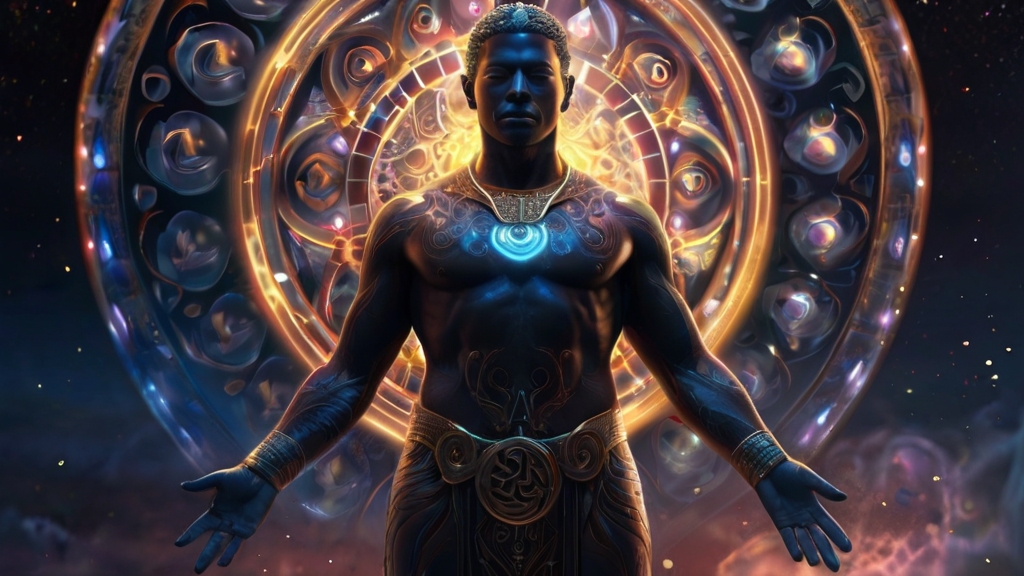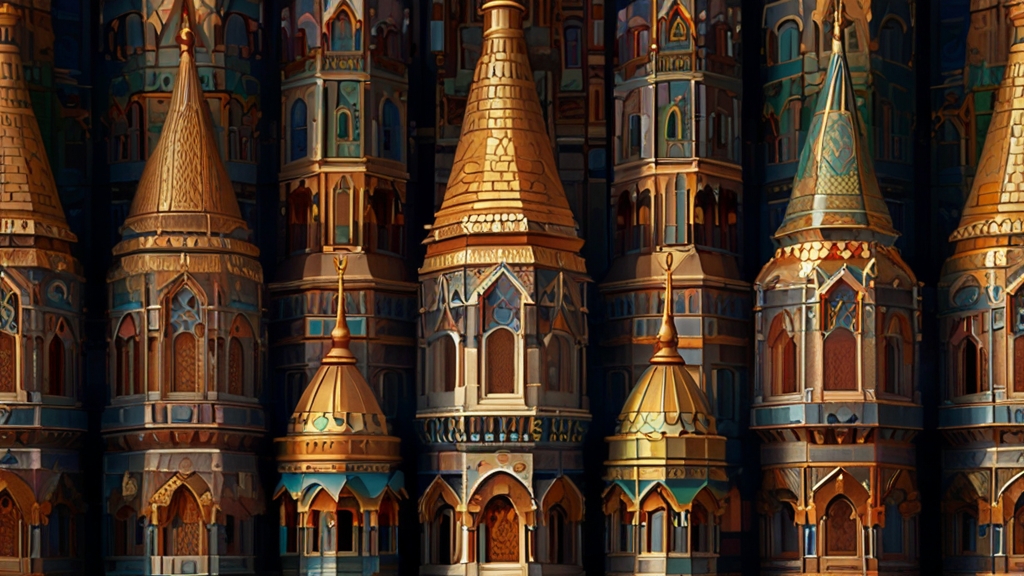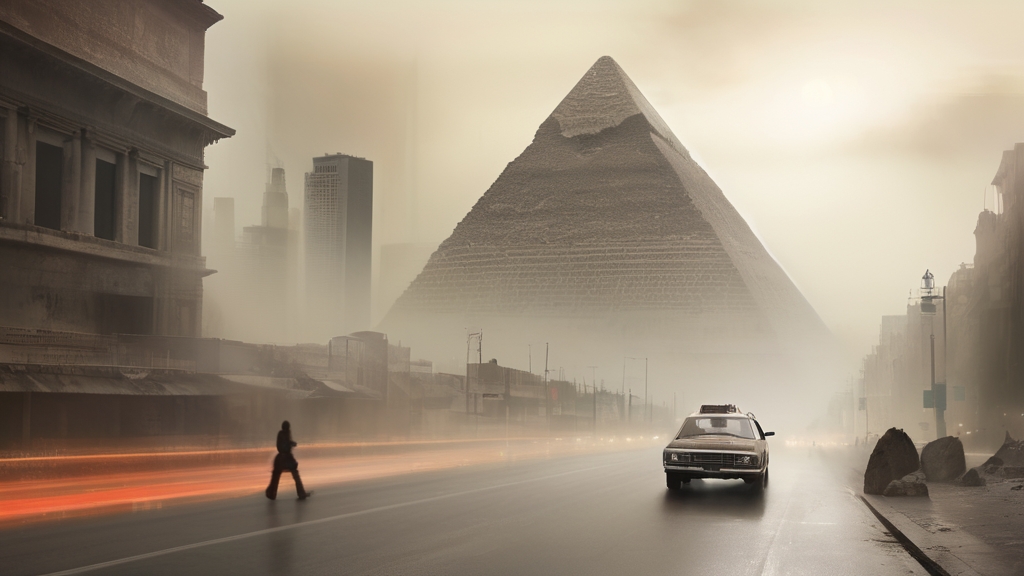History & Cultures
Exploring Ancient Symbols: Deciphering the Language of Ages
In every brushstroke of history’s grand tapestry, ancient symbols have been the silent yet potent conveyors of knowledge, belief, and tradition. These symbols, etched into stone, painted onto cave walls, or woven into textiles, served not just as art or decoration, but as profound expressions of human thought and spirituality. This article embarks on a fascinating journey through time, exploring the hidden realms of ancient symbols and unveiling the wisdom they’ve encapsulated for millennia.
Signposts of Civilization

Ancient symbols can be thought of as the signposts of civilization, pointing us toward understanding the societal norms, religious beliefs, and cosmic philosophies of bygone eras. They are the lexicons of ancient wisdom traditions, offering invaluable insights into the collective psyche of earlier cultures. One of the most iconic and enduring symbols from ancient Egypt is the Ankh, known as the key of life. This cross with a loop at the top is believed to represent eternal life, a concept central to the Egyptian understanding of the universe. Another universally recognized symbol, the Swastika, originally signified good fortune and well-being before its appropriation in the 20th century. Its presence in Hinduism, Buddhism, and Jainism, and even in Native American and Eurasian cultures, attests to a shared human inclination towards seeking blessings and prosperity.
The Power of Myth and Symbol

Myths have always played a crucial role in explaining the world and shaping human consciousness. Symbols served as the flesh and blood of these myths, giving them a visual form that could transcend language barriers and communicate profound truths across generations. Consider the Greek myth of the Phoenix, a bird that cyclically regenerates from its ashes, symbolizing rebirth and immortality. The Phoenix has been adopted in various cultures as a metaphor for resilience, transformation, and the cyclical nature of existence.
Architectural Blueprints of Belief

Many symbols found their most grandiose expressions in architecture, becoming literal cornerstones of religious and cultural edifices. The intricate geometry of Islamic mosques, for instance, reflects the cosmic order and the infinite nature of the Creator. Similarly, the Gothic cathedrals of medieval Europe, with their towering spires and stained glass windows depicting Christian iconography, were designed to inspire awe and elevate the spirit towards the divine.
Echoes in Modern Times

The reverberation of ancient symbols in modern times underscores their enduring appeal and relevance. From the resurgence of Celtic knotwork in contemporary jewelry to the incorporation of sacred geometry in architecture, these ancient designs continue to mesmerize and inspire. Moreover, the revival of interest in paganism and Eastern spirituality has brought many ancient symbols, such as the Triple Moon of Wicca or the Chakras of Hindu philosophy, back into popular consciousness.
Conclusion: The Unbroken Thread

Exploring ancient symbols is akin to unraveling an unbroken thread that weaves through the fabric of human history, connecting us with our ancestors in a profound dialogue across time. These symbols serve as reminders that, despite the passage of centuries and the transformation of societies, certain fundamental questions and themes remain at the heart of the human experience. They invite us to reflect on our place in the cosmos, the nature of life and death, and the eternal search for meaning and connection. As we continue to explore and reinterpret these timeless symbols, we carry forward the legacy of those who came before us, ensuring that their wisdom and insights are not lost to the sands of time.

